The Making Of Sci-fi Feature Film, Prodigy
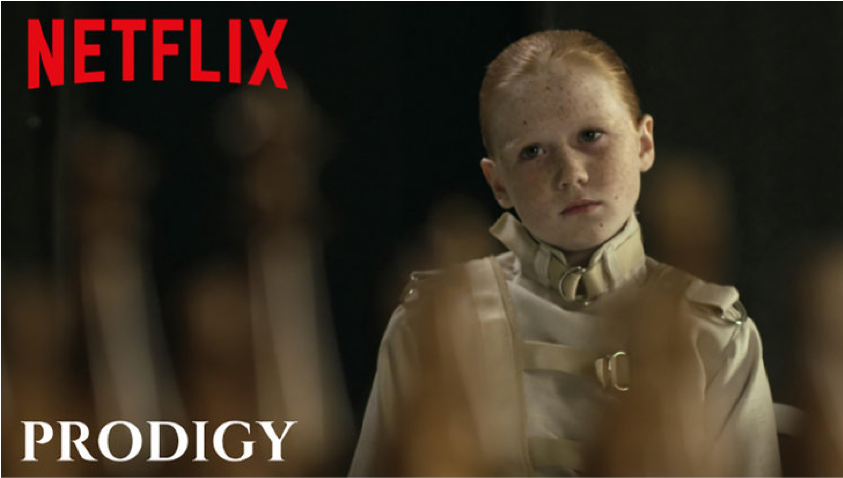
Hisonni Johnson reveals how to capture a psychological thriller on a budget with Schneider-Kreuznach Xenon Full Frame Prime lenses
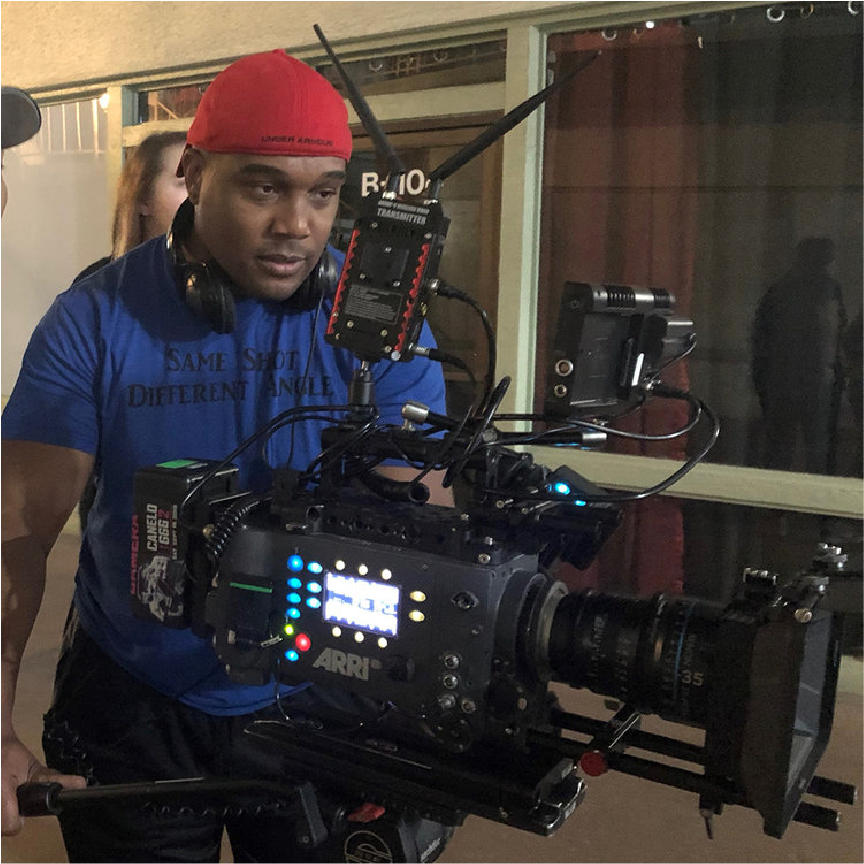
First and foremost, Hisonni Johnson wants you all to know that he is a filmmaker. He is not a cinematographer. “I’ve been known to work various positions on-set in an attempt to become a balanced filmmaker,” he explains. “During my time as a filmmaker, my skills in cinematography grew much more quickly than, say, my skills as a VFX artist or my ability to do the sound. That being said, I approach cinematography from an emotional place, rather than scientific. My Dad was a master photographer and trusted his eyes before his light metre. He believed in his sense of artistry more than the rules of composition and knew he had the shot when he loved the image he saw in the camera. Not when he saw the histogram, RGB parade or false colour. I do the same.”
The Collider recently voted indie film, Prodigy, one of the top 75 movies on Netflix right now, and Johnson couldn’t feel more honoured by this. “Working on Prodigywas an enjoyable experience, but make no mistake, this was a no-budget film. In 11 days, we needed to shoot a movie that would resonate with an audience and hopefully propel the cast and crew’s careers forward at the same time.”
With this in mind, Johnson didn’t hesitate to choose Schneider-Kreuznach Xenon FF-Primes for the job.
“I’d best describe the look of the Schneider Xenon lenses as versatile. When these lenses are anywhere in the T2 range, they take on a romantic look. The depth-of-field is very shallow and the focus fall-off is wonderfully smooth,” enthuses Johnson. “Even without filtration, the focus fall-off provides a much-needed softening effect to the highlights in any given shot, which I love. I’m a massive fan of filtration and always use it, but our director wanted to shoot with no filtration. I was hesitant at first, but after I realised how well the Xenon line handled highlights filterless, I agreed. I knew this romantic look would help us during the more tender moments of Prodigy. And despite minimal breathing, I knew I could use the shallow depth-of-field of these lenses to push the feeling of confusion among the central characters when necessary. I also used the shallow depth-of-field to direct the audience’s eyes away from the lack of set design and on to the actors (whose performances proved to be the best set design a film could ask for).”
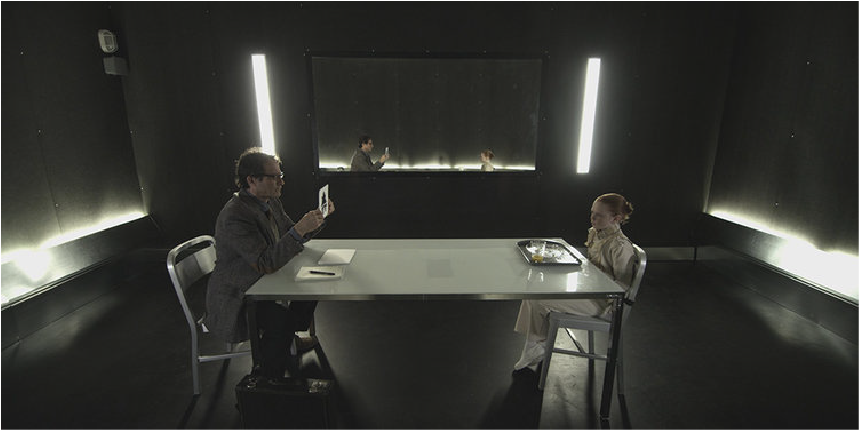
In the T3 range, these lenses become very sharp. The breathing during focus pulls drops from minimal to near non-existent, and the look of these lenses at this range seem to be ideally suited for science fiction films that could use a more clinical look. “I knew that I’d be lighting this film, operating camera and pulling focus for myself,” says Johnson. “So from a practical standpoint, the T3 range and lack of breathing made my job more manageable. Anytime I made a tiny focus adjustment mid-take it always went unnoticed, because the image stayed put – and when you’re in focus with this glass, you 100% know it!”
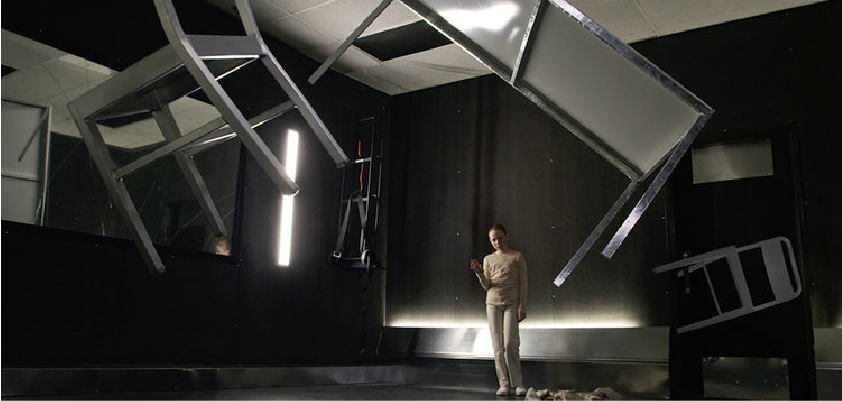
Johnsons adds: “It was during production that I built a real bond with my Schneider Xenons. The Xenons are great at any focal length, but the entire team quickly realised that our close-ups were always going to be great. The 75mm and 100mm lenses are magical. They allowed us to get right in there and catch every piece of an actor’s performance and everything about the actor’s faces that made them distinct. Dimples, wrinkles, freckles and stubble all leap forward on-screen with perfect colour rendition and clarity, making each character feel fully realized.”
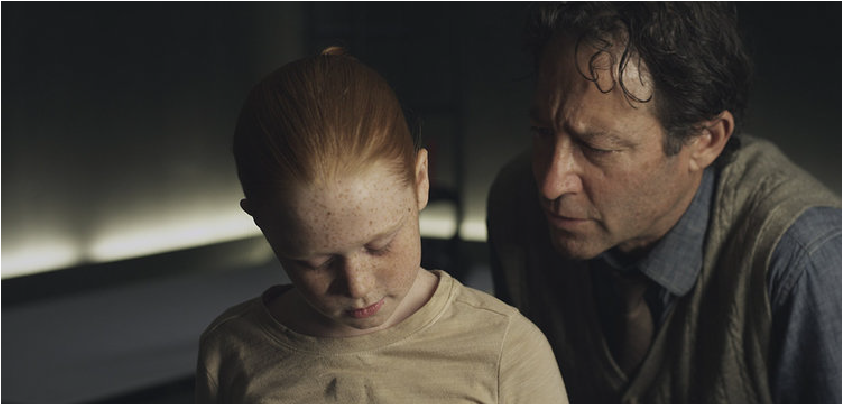
In the film, Johnson feels that it comes across as if the actors were cast for their physical distinctions/characteristics. In reality, most of the physical attributes that are near three-dimensional on-screen were discovered on-set because of proper lenses selection. “Our shot list shifted as a result of this pleasant discovery. Our days turned toward knocking out anything we could on the 75mm or 100mm and then moving on. In some instances, we even opted to get our wide shots with these focal lengths by moving the camera away from the subjects,” says Johnson.
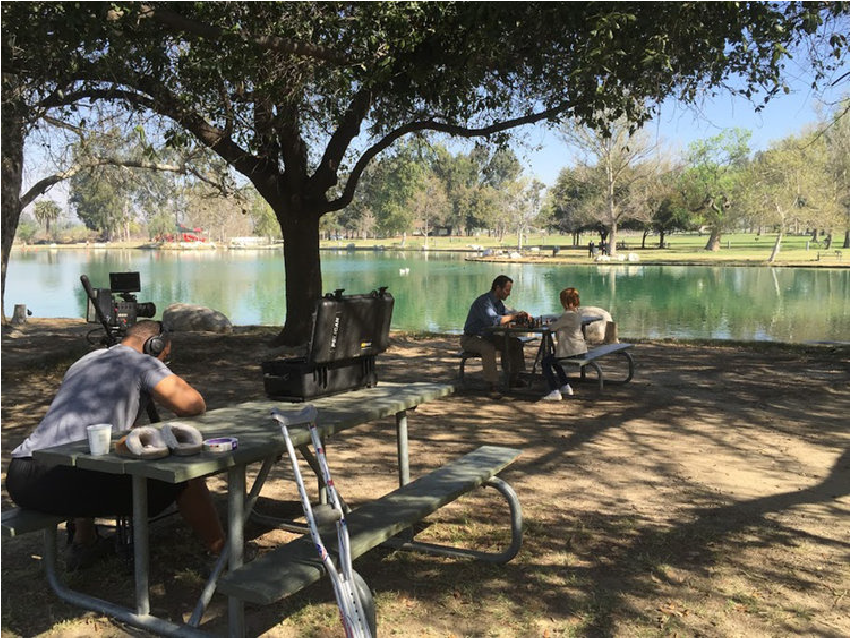
Yet it was the post-production journey that opened Johnson’s eyes to the true versatility of these lenses. “I fancy myself a colourist and Prodigywas shot multicam on the Red Epic at 5K and the Sony FS700R using the Odyssey7Q 4K raw licence. Not exactly the best scenario from a cinematography standpoint, but beggars can’t be choosers. Right from the jump, it helps that the Xenon lenses don’t lean toward any particular colour. So, that made matching the footage between the two cameras achievable.”
However, it was how the image was pushed that proved how fantastic these lenses truly are. “During colour timing, we’d sharpen the actors faces and had no problem making that happen without compromising the natural look of the shot,” enthuses Johnson. “I’m aware that this is a burden shared by the camera’s sensor, as well as the lens. But I’ve never been able to push other lenses without the image falling apart. The same thing goes for shots where we exaggerated the bokeh/depth-of-field to point the viewer’s attention to where we wanted. The image never moved into ‘uncanny valley’ territory. I now shoot mostly with the Arri Alexa and the Blackmagic Pocket Camera 4K and as I regularly employ these same post-production tricks I’ve noticed one consistency: the Schneider Xenon lenses can be pushed in post-production and, instead of the image falling apart, the characteristics of the image become more like that of lenses that cost 10x the money as my Xenon set.”
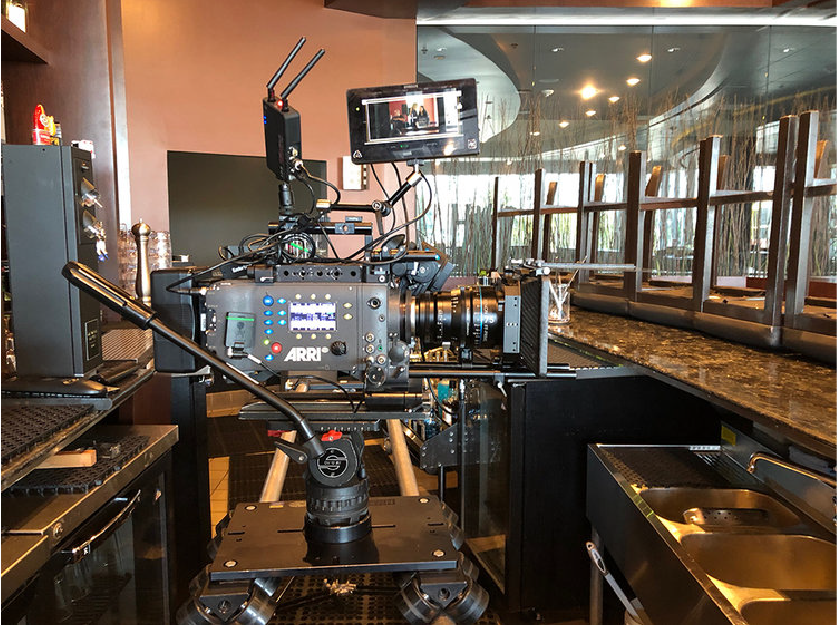
Is Johnson saying that the Schneider Xenon lenses are perfect? “No, like all lenses, they have drawbacks. But I am saying that these lenses allow me to make films that have no time and no money but look great.
“In the world of no-budget movies, Schneider provides a cost-effective way to make your visuals as unique as your literary voice.”
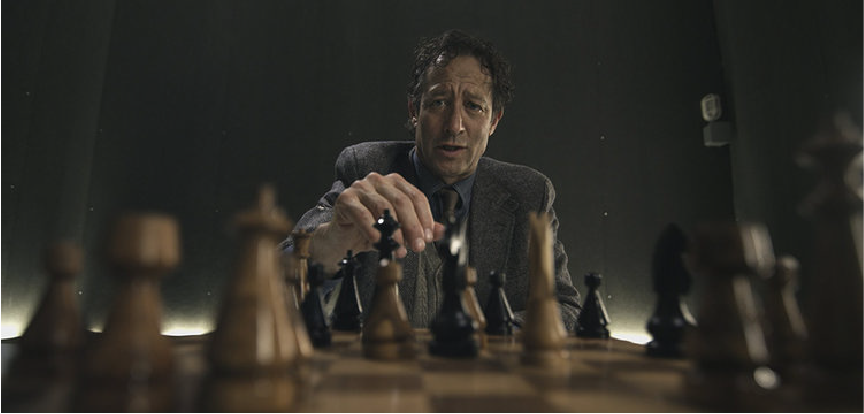
About Prodigy
Prodigy is a rousing film that combines the intimacy of a personal drama with the excitement of a supernatural thriller. A discreet branch of the military calls upon psychologist James Fonda to take the case of a dangerous patient, nine-year-old Ellie. As their session begins, the young girl dissects Dr Fonda’s unconventional methods, revealing her genius-level intellect. Only by challenging her to a battle of wits does Fonda begin to unravel the supernatural mystery surrounding Ellie – a deadly secret that threatens to destroy them both.
Photo credit: Schneider Kreuznach


